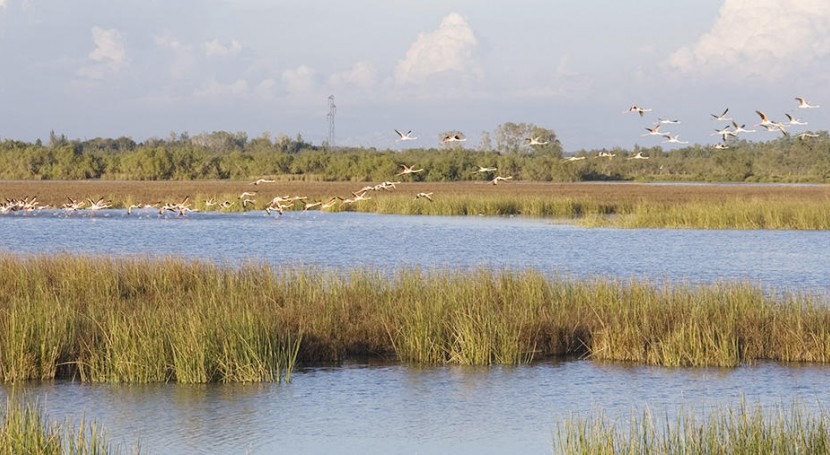Biodiversity has changed in one of the largest and most biodiverse Mediterranean wetlands
The Camargue in southern France is widely recognised as one of the largest and most biodiverse wetlands in the Mediterranean region.
Recent research has now shown that grasshoppers, crickets and locusts, comprising orthopterans, and also dragonflies and amphibians have severely declined since the 1970s. This provides evidence of substantial deterioration of the Camargue ecosystem.
Many of the biodiversity changes had previously gone unnoticed, because there has been no systematic biodiversity monitoring for many of the species under study. Researchers now used a new and innovative method based on expert knowledge to identify changes in biodiversity in the study area.
During a period of seven months, the researchers managed to gather information on population trends and population abundance for almost 1,400 species, and also presence and absence data for more than 1,500 species for a total of eight different taxonomic groups.
"These include amphibians, reptiles, breeding birds, fish, mammals, dragonflies, orthopterans such as crickets and locusts, and vascular plants. This information has allowed us to detect some interesting patterns of change within a period of only 40 years", says post-doctoral researcher Sara Fraixedas, from the Helsinki Institute of Sustainability Science (HELSUS), University of Helsinki.
The new methodology has made possible the detection of declines in certain taxa that are associated with land-use changes in the area.
"Temporary ponds and grasslands reduced in surface area by around 60% between 1942 and 1984. These two habitats have declined the most in the Camargue, and they have been converted into farmland or industrial areas. Amphibians and dragonflies are closely linked to freshwater wetlands, whereas many orthopteran species are associated with grasslands. Therefore, it is likely that the severe degradation of the conservation status of these three groups is related to the loss of those habitats", adds Thomas Galewski, leader of the Biodiversity Monitoring and Assessment project at the Tour du Valat.
More breeding birds, fewer farmland birds, and more invasive vascular plants
The study also shows that breeding birds and vascular plants have increased in abundance. Authors attribute the increase in bird populations to conservation and management actions related to the implementation of the EU Birds and Habitats Directives, as well as to the arrival of new bird species to the ecosystem.
However, many bird species have disappeared from the Camargue between the 1970s and the 2010s. Especially farmland birds are showing a steep decline since the 1950s. The increase in vascular plants is linked to the introduction of new species, some of the them highly invasive, into the study area.
Results suggest that the current protection measures in the Camargue area have failed to protect certain taxa. On the other hand, the observed increase in novel and invasive species and the patterns of increases and declines in different groups reveal important changes in the community structure of the studied taxonomic groups.
"This may be an indication that the Camargue has undergone significant changes with important implications for local ecosystem functioning", Sara Fraixedas says.













